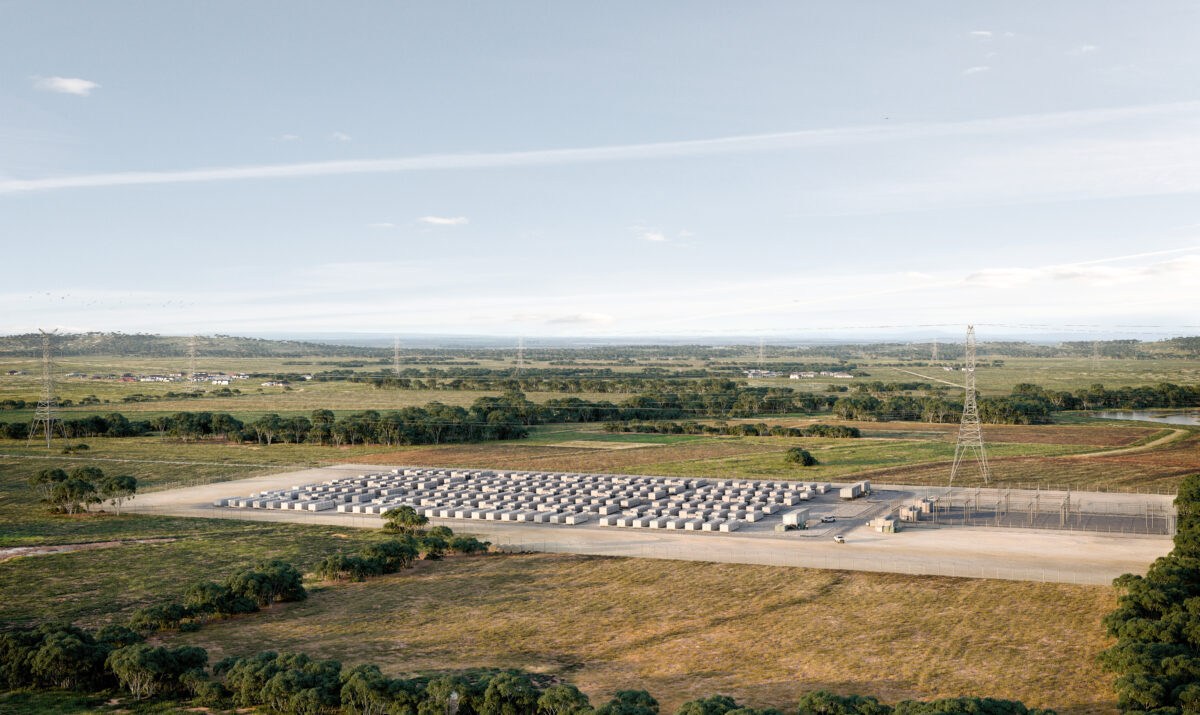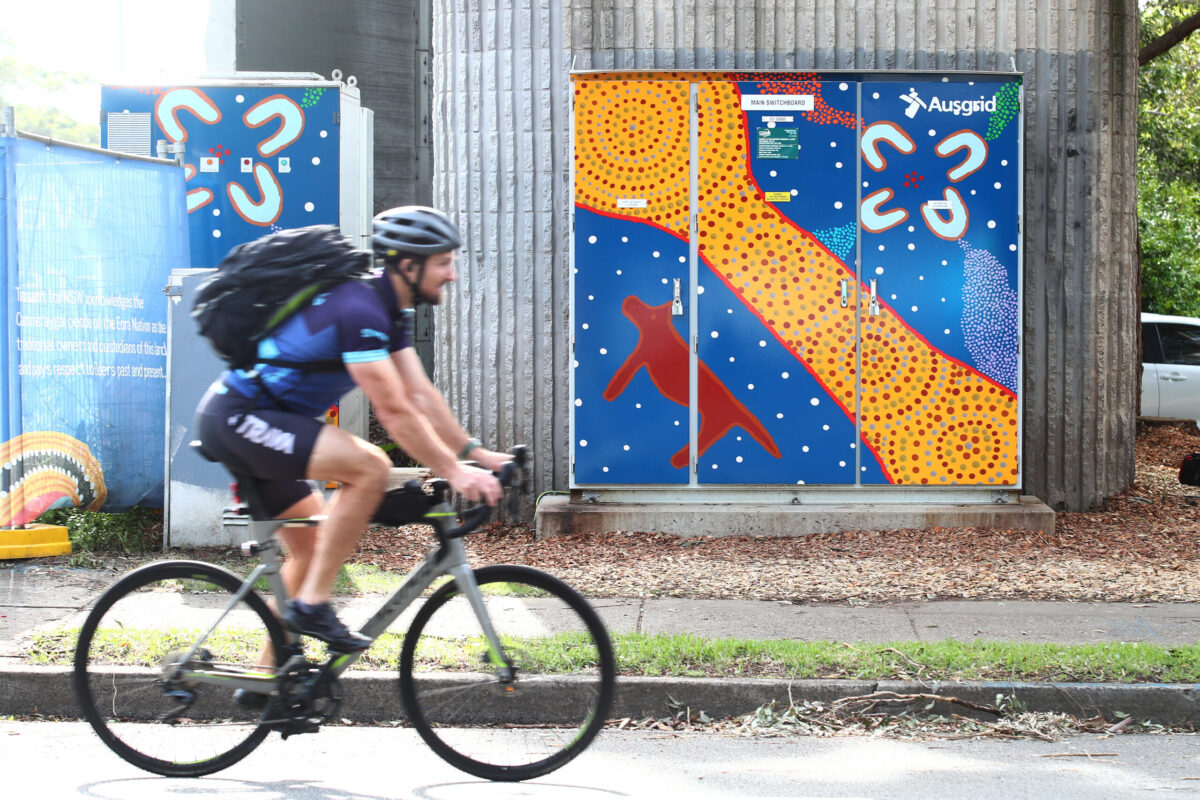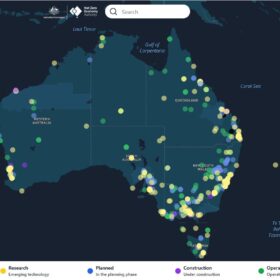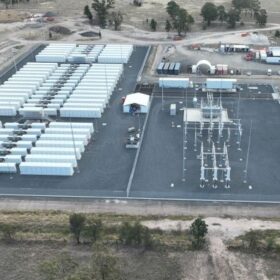Melbourne-headquartered infrastructure developer Equis Australia has reached financial close and commenced construction on the 250 MW / 500 MWh Calala battery energy storage system (BESS).
Located 6 kilometres southeast of Tamworth, in the New England region of New South Wales (NSW), the Calala BESS will have enough power to supply electricity for up to 115,000 homes during peak periods and is expected to be fully operational by 2027.
Equis secured a $260 million (USD 163 million) non-recourse senior debt financing package from Sydney-headquartered Westpac, France-headquartered Societe Generale and Japan-headquartered Sumitomo Mitsui Banking Corporation, and marks the first merchant BESS debt financing in NSW.
Equis Co-founder and Managing Director David Russell said the Calala BESS has contracted Tesla to provide 138 Tesla Megapacks, Consolidated Power Projects (CPP) to deliver the engineering, procurement and construction (EPC) of the balance of plant and Transgrid to complete the connection into the Tamworth Substation.
“The Calala BESS will be instrumental in supporting NSW renewable energy targets while also providing critical firming and frequency support services to the national electricity market (NEM),” Russell said.
SmartestEnergy
Calala BESS is structured as two independent projects at 100 MW and 150 MW each with 2-hours of storage capacity.
The 100 MW / 200 MWh battery is underpinned by a long-term offtake agreement for 100% of its capacity with the Sydney-headquartered renewable energy infrastructure investor SmartestEnergy, a wholly-owned subsidiary of Japanese multinational corporation, Marubeni.
The project is SmartestEnergy’s first battery storage agreement.
SmartestEnergy in Australia Chief Executive Officer Robert Owens said battery storage is an integral asset in delivering a fully renewable grid.
“This agreement complements our business and reinforces out commitment to playing a leading role in Australia’s energy transition,” Owens said.
“As the market evolves, firming assets like this will be essential to ensuring clean energy remains both reliable and cost-effective for businesses.”
The 100 MW battery will connect directly to the NSW grid via an underground cable to the 330kV Tamworth Substation.
Autobidder
The 150 MW / 300 MWh portion of the battery will be a merchant BESS utilising Autobidder, Tesla’s real-time trading and control platform. The Autobidder agreement will include a revenue share and a minimum revenue guarantee.
This content is protected by copyright and may not be reused. If you want to cooperate with us and would like to reuse some of our content, please contact: editors@pv-magazine.com.









1 comment
By submitting this form you agree to pv magazine using your data for the purposes of publishing your comment.
Your personal data will only be disclosed or otherwise transmitted to third parties for the purposes of spam filtering or if this is necessary for technical maintenance of the website. Any other transfer to third parties will not take place unless this is justified on the basis of applicable data protection regulations or if pv magazine is legally obliged to do so.
You may revoke this consent at any time with effect for the future, in which case your personal data will be deleted immediately. Otherwise, your data will be deleted if pv magazine has processed your request or the purpose of data storage is fulfilled.
Further information on data privacy can be found in our Data Protection Policy.